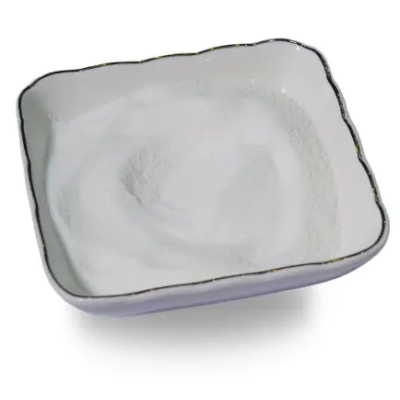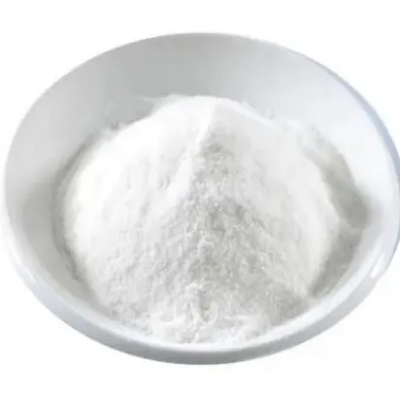Ferrocene CAS:102-54-5
Ferrocene has multifaceted applications across various fields, ranging from organic synthesis to materials science and catalysis. In organic chemistry, ferrocene serves as a versatile building block and reagent for the synthesis of complex molecules, pharmaceuticals, and specialty chemicals. Its ability to undergo diverse reactions, including oxidation, reduction, and substitution, makes it invaluable for the construction of molecular scaffolds and functional groups in organic synthesis. One of the prominent uses of ferrocene is as a catalyst in organometallic reactions and homogeneous catalysis. It participates in catalytic processes involving hydrogenation, metathesis, and cross-coupling reactions, facilitating efficient transformations with high selectivity and productivity. Ferrocene-based catalysts have found widespread applications in industrial processes, fine chemical synthesis, and green chemistry initiatives aimed at sustainable production methods. Moreover, ferrocene derivatives are utilized in materials science for the development of advanced materials with tailored properties and applications. Ferrocene-containing polymers, nanoparticles, and coatings exhibit unique electronic, magnetic, and optical properties, rendering them suitable for use in electronic devices, sensors, fuel cells, and magnetic storage media. The incorporation of ferrocene units imparts stability, conductivity, and responsiveness to external stimuli, expanding the scope of materials design and functionality. In the field of medicine, ferrocene-based compounds have attracted attention as potential therapeutic agents and drug delivery systems. Their biocompatibility, low toxicity, and ability to undergo redox reactions offer opportunities for designing novel drugs targeting various diseases, including cancer, inflammation, and neurodegenerative disorders. Ferrocene conjugates and prodrugs show promise in enhancing drug efficacy, bioavailability, and targeted delivery to specific tissues or cells. Furthermore, ferrocene derivatives play a role in analytical chemistry as molecular probes, sensors, and electrochemical markers for detecting and quantifying analytes in complex matrices. Their distinct electrochemical properties, such as reversible redox behavior and sensitivity to molecular interactions, enable the development of sensitive and selective detection methods for applications in environmental monitoring, food safety, and biomedical diagnostics. Overall, ferrocene stands as a cornerstone in organometallic chemistry, with wide-ranging applications spanning organic synthesis, catalysis, materials science, medicine, and analytical chemistry. Its unique molecular structure and versatile reactivity continue to inspire innovation and discovery, driving advancements in various scientific disciplines and technological domains.






| Composition | Fe(C5H5)2 |
| Assay | 99% |
| Appearance | white powder |
| CAS No. | 102-54-5 |
| Packing | Small and bulk |
| Shelf Life | 2 years |
| Storage | Store in cool and dry area |
| Certification | ISO. |









